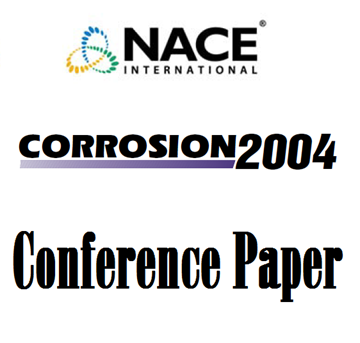Search
09431 The Underground Corrosion of Selected Type 300 Stainless Steels After 34 Years
Also Purchased
07595 Long Term Underground Corrosion of Stainless Steels
Product Number:
51300-07595-SG
ISBN:
07595 2007 CP
Publication Date:
2007
$20.00
04178 Issues and Challenges of Aging Pipeline Coating Infrastructure in Nigeria's Oil and Gas Industry
Product Number:
51300-04178-SG
ISBN:
04178 2004 CP
Publication Date:
2004
$20.00
51312-01642-100mV Cathodic Protection Criterion-Using of "Instant-On" Potential for ICCP of new structure
Product Number:
51312-01642-SG
ISBN:
01642 2012 CP
Publication Date:
2012
$20.00




